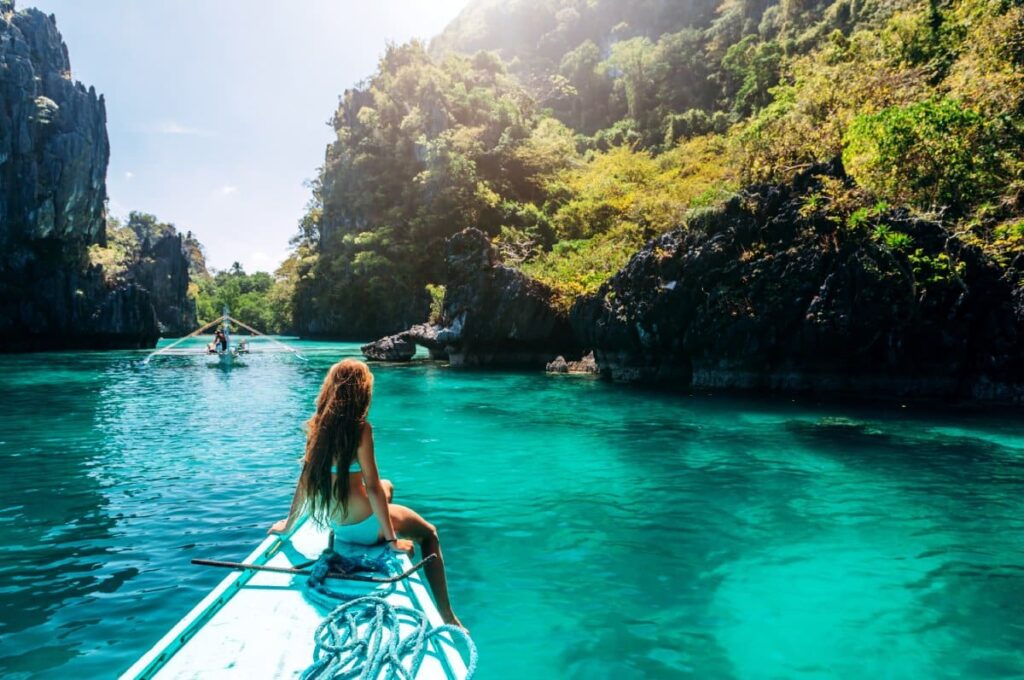Death Valley National Park just notched its hottest summer ever, with average temperatures surpassing the previous records set in 2021 and 2018.
For a place already known for extreme heat, this milestone is raising serious concerns about how climate change is reshaping not only the environment but also the experience for tourists. If you’re planning a trip to Death Valley, here’s what you need to know about the rising temperatures, the impact on tourism, and how to prepare for these extreme conditions.
Record-Breaking Heat: How Hot Did It Get?
The numbers are staggering. The National Park Service confirmed that Death Valley’s summer 2024 saw an average temperature of 104.5°F (40.3°C), breaking the previous record of 104.2°F set in 2021 and 2018. Daytime highs frequently hit 120°F (48.9°C) or more, with the highest temperature reaching 129.2°F (54°C) on July 7. The park experienced nine consecutive days of 125°F (51.7°C) or higher. And overnight lows did not provide much relief, with the average low temperature being 91.9°F (33.3°C). On some nights, temperatures did not dip below 100°F. For those who love extremes, this makes Death Valley both awe-inspiring and potentially dangerous.
Why This Matters for Tourism
While Death Valley has long been a destination for travelers seeking to experience the hottest place on Earth, these escalating temperatures are starting to reshape how—and when—tourists visit. Summer travel, which was always a challenge due to the heat, is now becoming increasingly hazardous, and many tour operators are reconsidering their schedules for safety reasons.
Visitor Safety First
For anyone planning to visit Death Valley during these record-breaking heat waves, safety is paramount. The National Park Service (NPS) has ramped up efforts to ensure tourists are informed about the risks. They advise visitors to avoid hiking after 10 a.m., carry at least one gallon of water per person, and take advantage of shaded areas and air-conditioned facilities like the Furnace Creek Visitor Center.
What to Expect if You’re Visiting
Due to the extreme heat, many tourists are now choosing to visit Death Valley in the cooler months of fall, winter, or early spring. If you’re visiting in summer, expect limited outdoor activities. Popular trails like Golden Canyon and Badwater Basin are best experienced in the early morning or late evening when temperatures are relatively cooler. Don’t expect long hikes during midday—it’s simply too dangerous.
Tour Operators Adjust Schedules
In response to the rising temperatures, several tour operators have adjusted their itineraries. More tours are now scheduled for the early morning or sunset, capitalizing on the coolest parts of the day. Jeep and 4×4 tours that provide some protection from the heat are also gaining popularity. If you’re considering a guided tour, be sure to check for any weather-related cancellations.
Is Death Valley Still Worth Visiting?
Absolutely! Despite the extreme conditions, Death Valley remains one of the most unique landscapes in the world. Iconic sites like Zabriskie Point, Mesquite Flat Sand Dunes, and the Devil’s Golf Course still draw crowds, especially photographers looking to capture the dramatic desert scenery. But, be prepared—these views come with a side of extreme heat.
How to Stay Safe in Extreme Heat
If you’re set on visiting during the hottest months, preparation is key. Here’s a quick list to ensure your safety:
- Start early or go late: Plan your activities for dawn or dusk to avoid the worst of the heat.
- Hydrate constantly: Carry more water than you think you’ll need. Dehydration can sneak up on you.
- Dress for the heat: Wear light-colored, loose-fitting clothes, and don’t forget sunblock.
- Listen to the experts: Follow the NPS’s advice, avoid hiking in extreme conditions, and stick to well-known trails.
Climate Change and the Future of Death Valley
The record-breaking summer of 2024 is part of a larger trend that points to the increasing impact of climate change on natural environments. Climate scientists warn that temperatures in Death Valley—and other desert regions—could continue to rise in the coming years, creating more extreme conditions for both the landscape and the wildlife. This not only affects tourism but also poses a threat to the park’s fragile ecosystem.
What Tourists Should Know Going Forward
If you’re planning a trip to Death Valley in the future, consider visiting during the cooler months when temperatures are more manageable. Not only will this make for a more comfortable visit, but it also reduces the strain on park resources and emergency services during periods of extreme heat. Even during cooler months, Death Valley’s stark beauty and unique landscape make it a must-visit destination.
Responsible Tourism in a Changing Climate
As we grapple with the effects of climate change, it’s crucial for tourists to practice responsible travel. This includes respecting guidelines from park officials, staying informed about changing weather patterns, and being mindful of the impact your visit has on the environment. If Death Valley’s extreme heat isn’t for you, consider donating to park conservation efforts or visiting during a safer time of year.
Is Death Valley Becoming Too Extreme for Tourism?
That’s the million-dollar question. While the park will always attract thrill-seekers drawn to its extreme temperatures, the increasing risks are prompting many to rethink their plans. Is it worth braving 130°F temperatures to see a desert sunrise? For some, yes—but for others, it may be time to experience Death Valley in the cooler months.
Featured Image Credit: Pexels / Angelica Reyn.
For transparency, this content was partly developed with AI assistance and carefully curated by an experienced editor to be informative and ensure accuracy.










